Catnip is truly a fun addition to your cat's playtime, usually making them act hyper. But why do felines like catnip so much? Let's take a closer look at what catnip is and how you can implement this healthy plant into your cat's daily routine. Read along with us, and prepare yourself for some kitty drool and zoomies!
What Is Catnip?
Catnip is a perennial herb in the mint family called Nepeta cataria. It's found in a vast number of products for cats. Research has yet to find evidence that catnip is harmful to kittens or cats — except a possibly upset tummy if they eat too much at once. Because it's safe — and because most cats love it so much — it's often incorporated in cat toys.
Why Do Cats Like Catnip?
What is it about catnip that cats find so irresistible? The nepetalactone! Nepetalactone is the active ingredient in catnip — it's an essential oil that enters your cat's nose or mouth when they interact with the plant. The compound is contained in microscopic bulbs found on the herb's leaves, stems, and seedpods. When the bulb ruptures, it releases the nepetalactone into the air. Your cat triggers this process when they play with catnip by biting, rubbing, crushing, or even rolling in it.
Once cats smell nepetalactone, it then binds to the receptors in their body. These receptors stimulate your cat's brain and olfactory bulb. From there, the olfactory bulb sends this information to multiple areas of the brain, including the amygdala. This process triggers the amygdala, causing your cat's reaction, which is to respond emotionally. When the catnip's nepetalactone stimulates your cat's amygdala and pituitary gland, your cat might appear "high." But what happens to cats when they ingest catnip? Do they get high?

What Does Catnip Do to Cats?
While it might be entertaining to say your cat is "high," catnip doesn't actually contain any THC. Despite the complete lack of THC, your cat might still appear under the influence because catnip's effects on your cat may make them act differently! Every cat responds differently to catnip. Some cats might get more energized, while others mellow out. Some common side effects include:
- Licking the product
- Rubbing and rolling around on the product
- Become more vocal
- Rubbing their chin, cheeks, and body
- Jumping and running around in a hyper manner
- Excessive sniffing
- Appearing more relaxed
- Stretching on the floor
- Drooling
How To Use Catnip
How you choose to use catnip depends on your cat's particular preferences. Every feline has their own favorite way to enjoy catnip — it's up to you to discover it! Here are some ways to use catnip effectively:
- Place catnip inside toys yourself. This can be as simple as dropping some 'nip inside jingly balls. You don't have to do surgery on a plush mouse!
- Rub catnip on a scratching post or cat tree to encourage them to use these products more often.
- Sprinkle catnip in cat carriers to help reduce anxiety during car trips or vet visits.
- Start actively growing it in an easily accessible spot so your cat can chew on it!
- Use catnip spray to coat cat trees, toys, and other surfaces to give them a catnip scent without the mess of leaves.
- Sprinkle catnip around a new home so your cat can get used to the room. Some people also use catnip to introduce two cats, but it's not advised since it's impossible to know how they will react to both things at once.

Catnip Products Made for Cats
Besides catnip itself, there are many products for cats that contain catnip or are catnip-infused. Some of these products may be more effective than others — you should be able to find most at your local pet store. Specialty catnip products, like our CBD catnip spray, contain added ingredients to help improve your feline's overall wellbeing. Read on to learn more about different kinds of catnip products that you can try out at home with your cat!
- Catnip Infused Toys: Did you know that you can purchase infused catnip toys? These already have catnip inside of them! Catnip toys are great because they're usually a lot cleaner than toys that involve loose catnip, which may get all over your cat and floor (unless you have a particularly destructive cat).
- Catnip Spray: This spray is a concentrated, oil version of catnip. To help your cat feel its effects, you can spray it on your cat's belongings. Try adding it to toys, any furniture that belongs to them (like scratching posts or trees), or on their favorite blanket.
- CBD Catnip Spray: If you want to take the experience up a notch, you can try CBD catnip spray to give your cat fun times with the additional soothing benefits of cannabidiol for cats. And, like catnip, CBD won't get your cat high!
- Catnip Balls: A catnip ball is a small sphere of 100% pure, compressed catnip. Catnip balls are usually fully digestible and don't normally contain any additives. You can use a catnip ball by breaking a small chunk off it and crushing it up into a paper bag ball for your cat to play with. Alternatively, you can let your cat lick the catnip ball directly. Just remember to put it away once playtime is over!
- Catnip Bubbles: Catnip bubbles are exactly what they sound like — bubbles infused with catnip! If your cat likes to chase bubbles, this is a fun and pretty way to play with your cat and help them experience the effects of catnip.
How Much Catnip Should I Give My Cat?
When a cat has had enough catnip, they usually stop eating or sniffing it themselves. Though they instinctively know when they've had enough catnip, their bodies also become less receptive to catnip after they're exposed to it for long enough. After the effects of catnip have worn off, cats usually won't be receptive to catnip again for at least 30 minutes up to a few hours. By then, it's likely your cat has already lost interest in the catnip for the day.

Storing Catnip
When your cat is done playing with catnip, it's crucial to store it correctly. It loses potency over time, meaning its effects on your cat won't be as intense or noticeable. Try putting leftover catnip in something airtight, like a container or bag, and place it in the freezer. This will keep it fresh (and stronger) for longer!
How Long Does Catnip Last?
Since all cats react to the nepetalactone in catnip differently, it's impossible to know how long your cat will be under the herb's influence. The average length of time that you'll notice your cat behaving differently is 5-10 minutes. After that time frame, the effects will wear off. In a sense, your cat then becomes "immune" to the nepetalactone. For at least one to two hours following their catnip session, your cat won't be able to feel the effects of catnip again.
Is Catnip Safe for Senior Cats?
Catnip is safe for older cats as long as they're healthy. If your elderly cats have any nervous disorders or are on any medications, you should reach out to your vet before administering any catnip or catnip toys.
Can Kittens Have Catnip?
It's safe to give young kittens catnip, but it might not have the results you expect. You might predict kittens will get even more playful when they encounter catnip, but they usually don't have any reaction at all! Since the catnip's pathway to the brain is partially hormonal, cats won't react to catnip until they have reached sexual maturity. You'll have to wait a bit longer to find out if your kitten loves catnip!
Learn More Tips On How To Care For Our Beloved Cats
Final Thoughts
Most cats love catnip because the nepetalactone in the herb stimulates their brain. Luckily, catnip has no negative side effects, meaning it's a-okay to let your cat enjoy the plant in the safety of your home. For some feline friends, it makes them feel chill and relaxed. For other cats, they want nothing more than to race around the house after they lick some up. Felines may enjoy catnip, but we enjoy watching them on catnip even more!

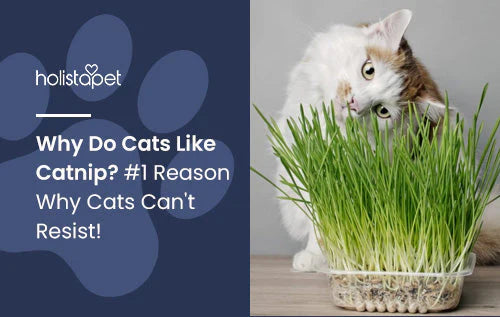
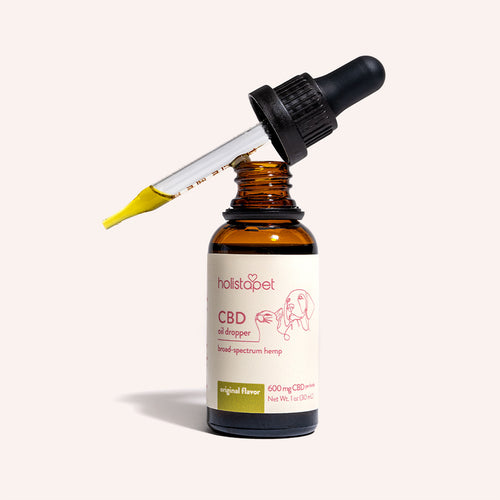 CBD Oil for Cats - Fast Acting
CBD Oil for Cats - Fast Acting
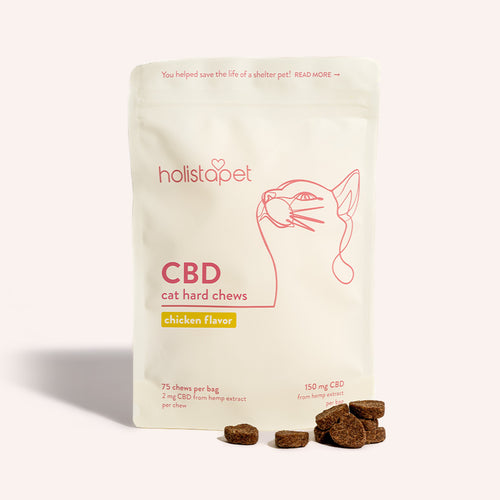 CBD Cat Treats - Easy Dose
CBD Cat Treats - Easy Dose
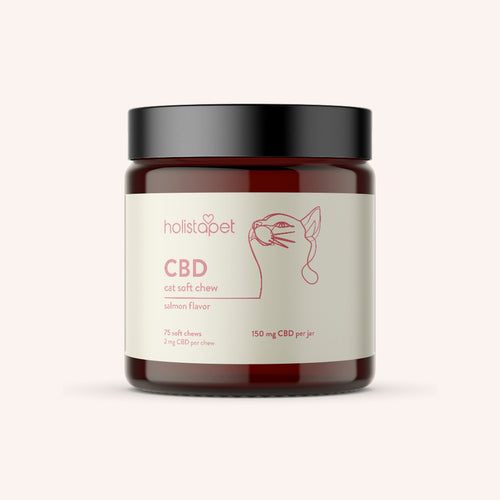 CBD Calming Chews for Cats - Highly Rated
CBD Calming Chews for Cats - Highly Rated
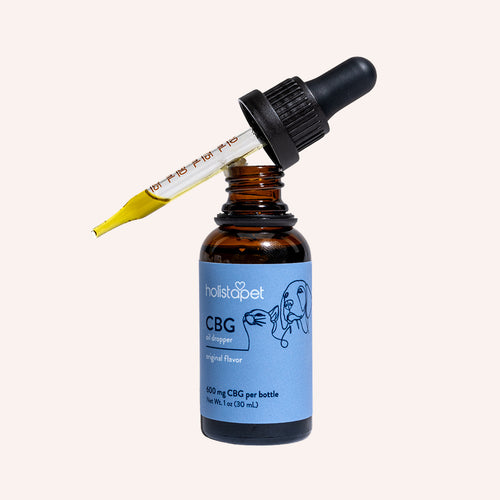 CBG Oil for Dogs and Cats - Loved by Thousands
CBG Oil for Dogs and Cats - Loved by Thousands


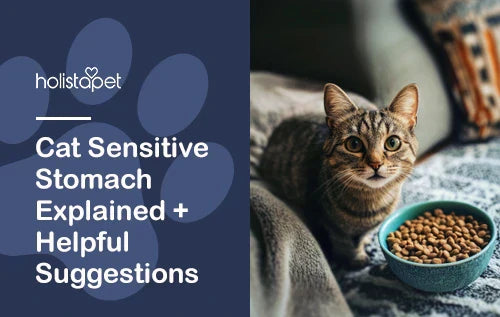
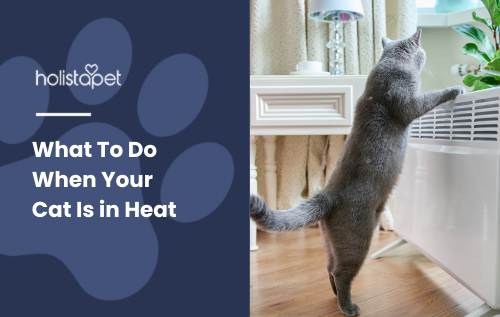

Leave a comment
All comments are moderated before being published.
This site is protected by hCaptcha and the hCaptcha Privacy Policy and Terms of Service apply.